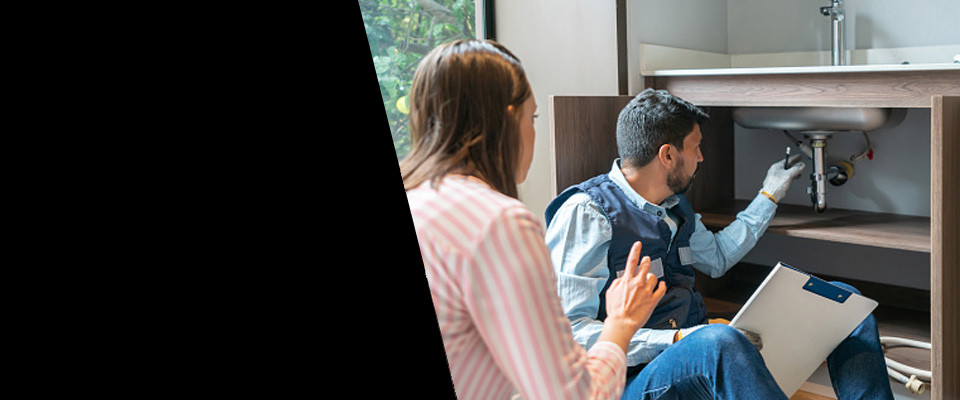Backflow Testing and Prevention Plumbing Services in Garden Plain, KS
Garden Plain Backflow Testing and Prevention Experts available now in Sedgwick County
Backflow Testing and Prevention offers a specialized plumbing service aimed at preventing back-siphonage into clean water systems. This service involves routine inspection and certification of backflow prevention devices, installation of new units when required, and repairs to malfunctioning systems. It ensures adherence to public safety codes and industry standards
We provide top notch Plumbing services throughout Sedgwick County. Whether you need help with Backflow Testing and Prevention or other issues, our Pros is ready.
Plumbing Services in Garden Plain, KS

Appliances
Setting up dishwashers, hot water heater (tank and tankless), waste disposal unit, and cleaning devices.

Backflow Testing and Prevention
Guaranteeing backflow prevention devices are working correctly.

Bathroom and Kitchen Remodeling
Moving or upgrading plumbing systems.

Building Code Compliance
Ensuring plumbing systems fulfill local guidelines.

Burst Pipes
Immediate reaction to prevent flooding and water damage.

Clogged Drains
Clearing blockages in sinks, toilets, showers, and sewer lines.

Drain Cleaning
Regular cleansing to prevent obstructions and keep circulation.

Fixture Repairs
Fixing malfunctioning faucets, toilets, and other components.

Fixtures
Installation of sinks, faucets, toilets, bathtubs, and showers.

Gas Leaks
Emergency detection and repair work to prevent hazards.

Gas Line Repairs
Fixing gas leakages and guaranteeing correct gas line working.

Greywater Recycling Systems
Establishing systems for recycling family wastewater.

Hydronic Heating
Installing and preserving glowing flooring heater.

Industrial Pipework
Specialized piping for factories or industrial settings.

Irrigation Systems
Installing and preserving outdoor irrigation.

Large-scale Installations
Plumbing systems for brand-new buildings or remodellings.

Leak Detection and Repair
Fixing leakages in pipelines, faucets, toilets, and devices.

Overflowing Toilets
Quick resolution of extreme clogs and overflows.

Pipe Inspections
Using cameras to inspect pipes for damage or blockages.

Pipe Repairs
Repairing or changing burst, worn away, or damaged pipelines.

Pipes and Fittings
Setting up new piping systems for water, gas, and drainage.

Pre-Purchase Inspections
Evaluating plumbing systems before purchasing property.

Rainwater Harvesting Systems
Installing systems to collect and make use of rainwater.

Regular Maintenance Contracts
Continuous maintenance services for organizations.

Septic System Services
Installing, fixing, and maintaining septic systems.

Sump Pump Installation and Repair
Managing groundwater in basements.

Upgrading Fixtures
Installing water-efficient or modern fixtures.

Water Efficiency Consulting
Advising on water-saving strategies and items.

Water Filtration Systems
Installing water conditioners and purification systems.

Water Heater Maintenance
Flushing and inspecting water heaters to extend life expectancy.

Water Heater Repair
Dealing with issues with temperature level, leaks, or failure to heat water.

Waterproofing
Protecting basements or other locations from water intrusion.

Sewer Backups
Immediate attention to prevent contamination and health threats.


